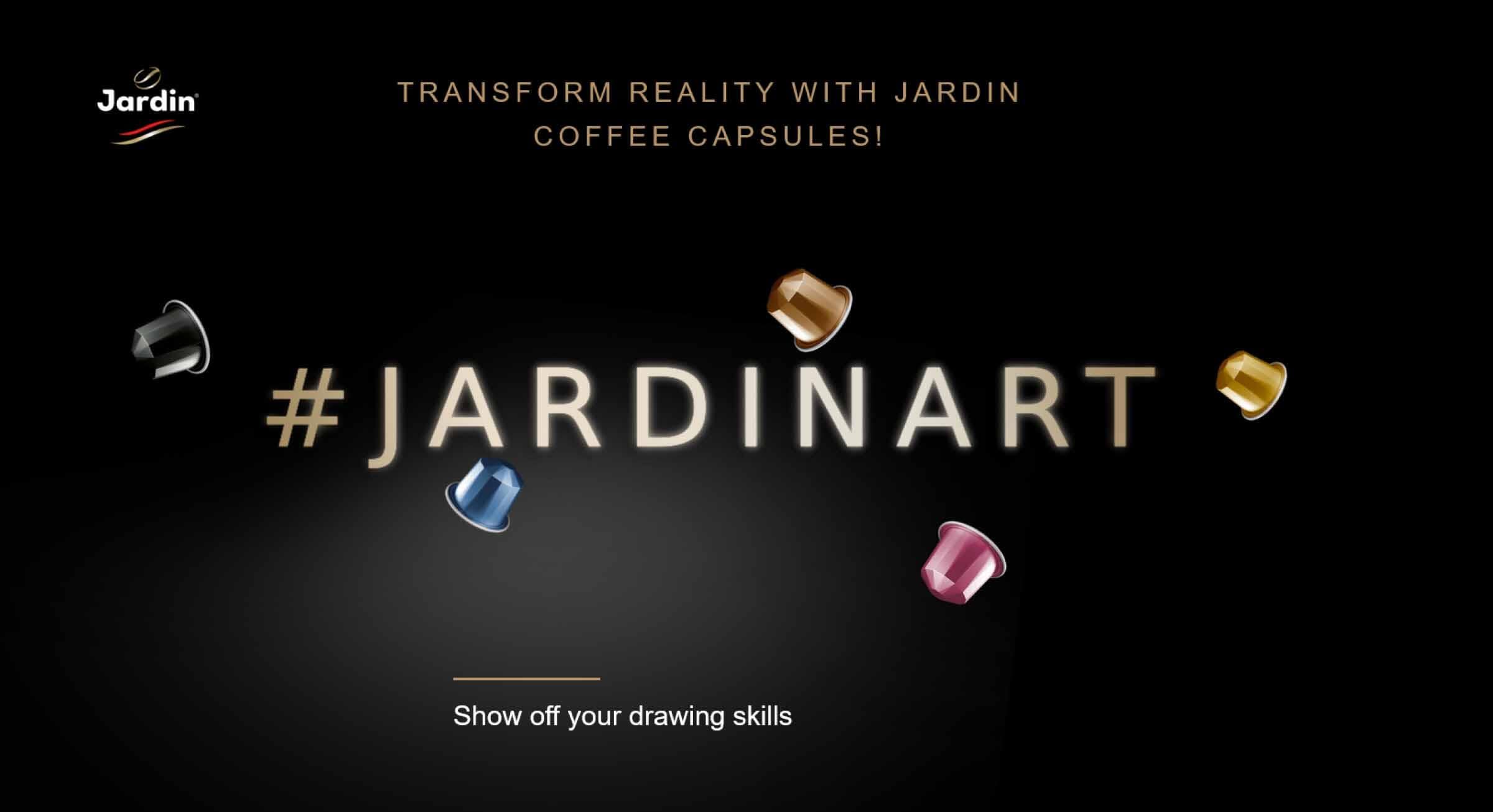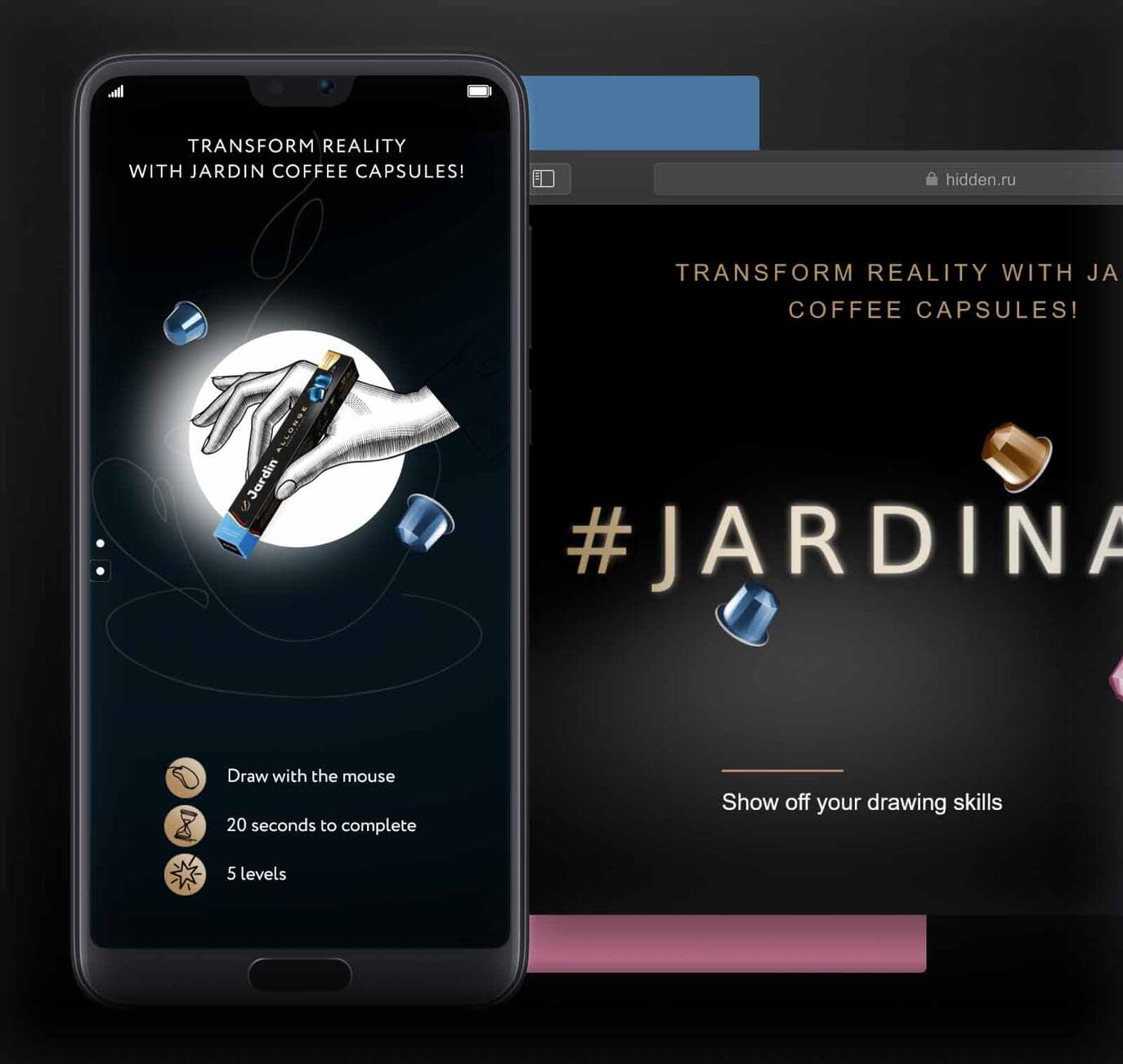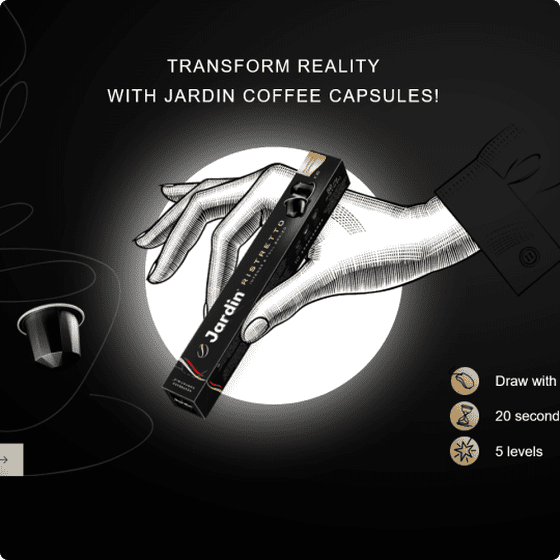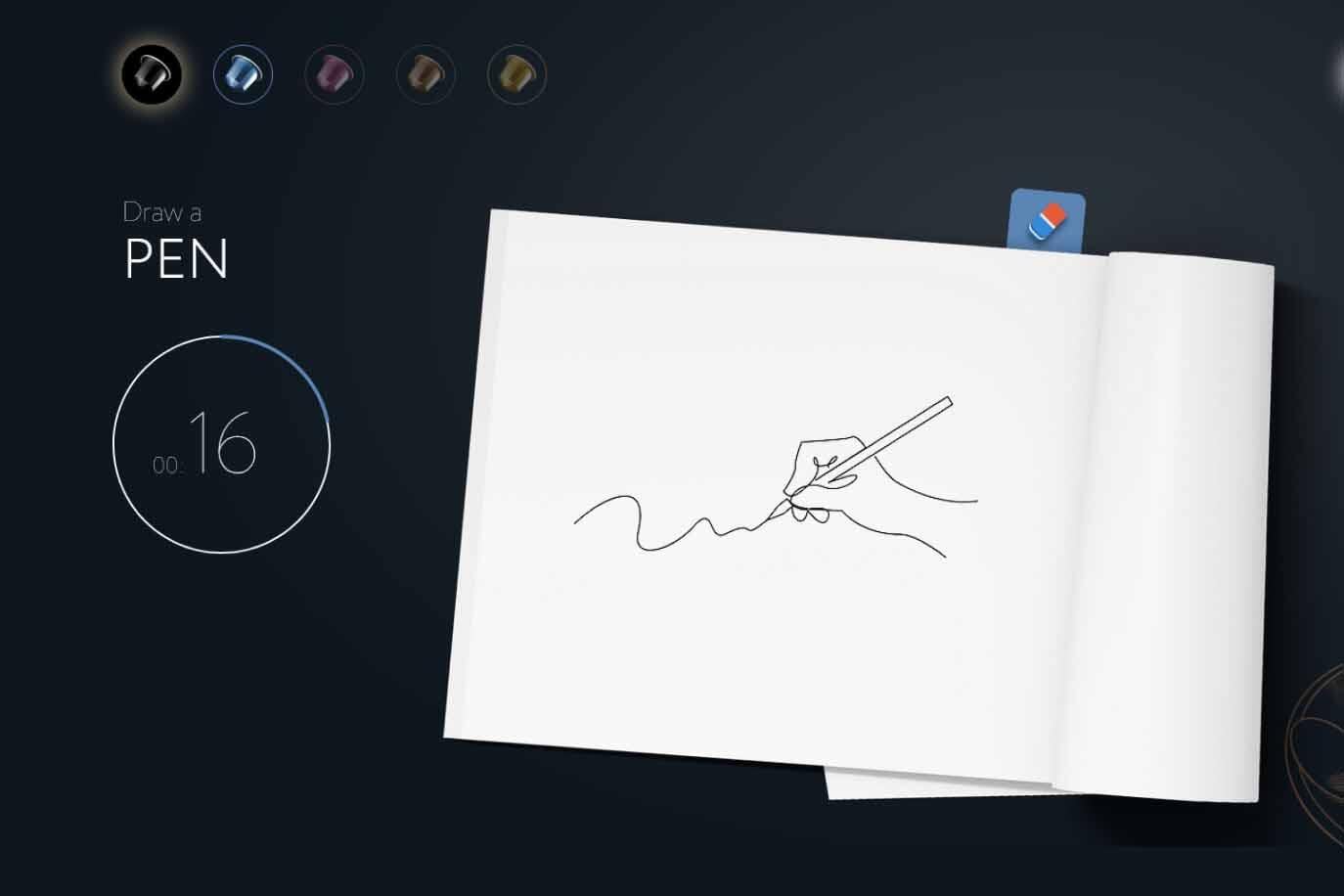
Create an interactive game as part of your promotional strategy. Players are presented with a random word and are tasked with drawing an image that best represents that word. If the program successfully identifies the drawing as matching the word, the player earns a point and progresses to the next level.

Client
Orimi Trade Group of Companies produces natural tea and coffee. The products are represented on the markets of 35 countries. Jardin trademark is a joint project of Orimi Trade and Jardin Caffe Solution S.A., Switzerland. The coffee line is developed according to the author's recipes and is popular among customers.
Task
The company launched a line of Jardin aluminum coffee capsules in 5 flavors for coffee connoisseurs. A modern solution was required to tell the story of the new product and get it to market quickly.
The Challenge
For the Jardin project, we proposed to apply an unusual marketing ploy such as gamification.
To do this, we needed to:
- Define the range of users;
- Develop game mechanics;
- Design a visual solution;
- Deploy a neural network model that determines the picture;
- Collect millions of images for the dataset;
- Prepare a promo lending.
Research and analytics
Gaming is among the top 3 user activities. According to the research company DFC Intelligence, there are 3.7 billion gamers in the world. Their number is growing every year. The majority of gamers belong to the target audience of the Jardin brand.
Concept
The coverage of socio-demographic groups turned out to be quite wide. In order to attract the maximum number of users, it was necessary to create a top game.
The mechanics of "Quick, Draw!" were chosen as a guideline. The online game was presented at the Google I/O conference in 2016 and received more than 1 billion interactions in 18 months.
The brand message is "Our capsules change reality." It is closely tied to a key feature of the promotional game. Here, the user interacts not with other users, but with a neural network. The choice of the "hook" for the audience was carefully considered - in the wave of artificial intelligence development, the game could not go unnoticed.
The goal of the project was to show the audience the variety and colorfulness of Jardin capsules through a creative game. To do this, we played with the colors of the capsules and associatively linked them to the flavors of the drinks in the line.
The brand is also transmitted by the main elements of gamification: levels, rewards, special player statuses, points and rating tables.
Game description
A user draws a random word that the game generates. A neural network has 20 seconds to recognize the drawing. If the program correctly identifies what was drawn, the player receives a point and advances to the next level.
After completing all the levels, the game offers the user the chance to participate in a prize draw. To do this, it is necessary to register by e-mail. For players who shared the results of the game in social networks, an additional drawing was organized.
Our Solution
Once the e-mail is confirmed, a personal account is created for the player. The account stores information about games played and points earned. The system then offers the user the opportunity to improve their score and replay the game. The more points a player gets, the higher the chance to win a prize.
Details
The process was not without its challenges. For example, we had to give the neural network a voice so that it would say the versions aloud. For this purpose, we connected speech technologies based on machine learning Yandex SpeechKit and taught the program to talk to users.
In the process of playing the game, the AI learns to guess images. In order for the neural network to understand the player's drawings and come up with appropriate versions, we collected a data set from several sources and adapted it to the client's task. With millions of training images, the program learned to recognize the images drawn by the participants.
What we did
The process was not without its challenges. For example, we had to give the neural network a voice so that it would say the versions aloud. For this purpose, we connected speech technologies based on machine learning Yandex SpeechKit and taught the program to talk to users.
In the process of playing the game, the AI learns to guess images. In order for the neural network to understand the player's drawings and come up with appropriate versions, we collected a data set from several sources and adapted it to the client's task. With millions of training images, the program learned to recognize the images drawn by the participants.
- Created an adaptive IT platform for the Jardin game project.
- Developed a web application that allows the user to draw pictures with the cursor.
- Collected data sets with images and integrated them into our own algorithm.
- Created an algorithm that determines the user's success.
- Integrated a voice assistant API.
The gaming technique easily engaged people in brand communication. The adaptability of the solution also helped - the game runs from any device. Users shared the results on social networks, and information about the campaign spread quickly. As a result, the project reached a wide audience.
The brand's direct interaction with the target audience was smooth and unobtrusive. The game attracted attention, and players spent an average of 6 minutes on the site. Thanks to the smooth interactive immersion into the product, the users became a loyal audience of the brand.
Results
- 60,213 users registered on the promotion site
- 85% completed the game
- 37% replayed the game at least once
Statistics
In 5 weeks, we created an effective solution for the Jardin project that drew attention to the company's new product. Throughout the campaign, the website was properly supported by all promotional channels. Each stage of development was clear and on time. All the time, the team of Modifia specialists controlled the stable functioning of the site.






